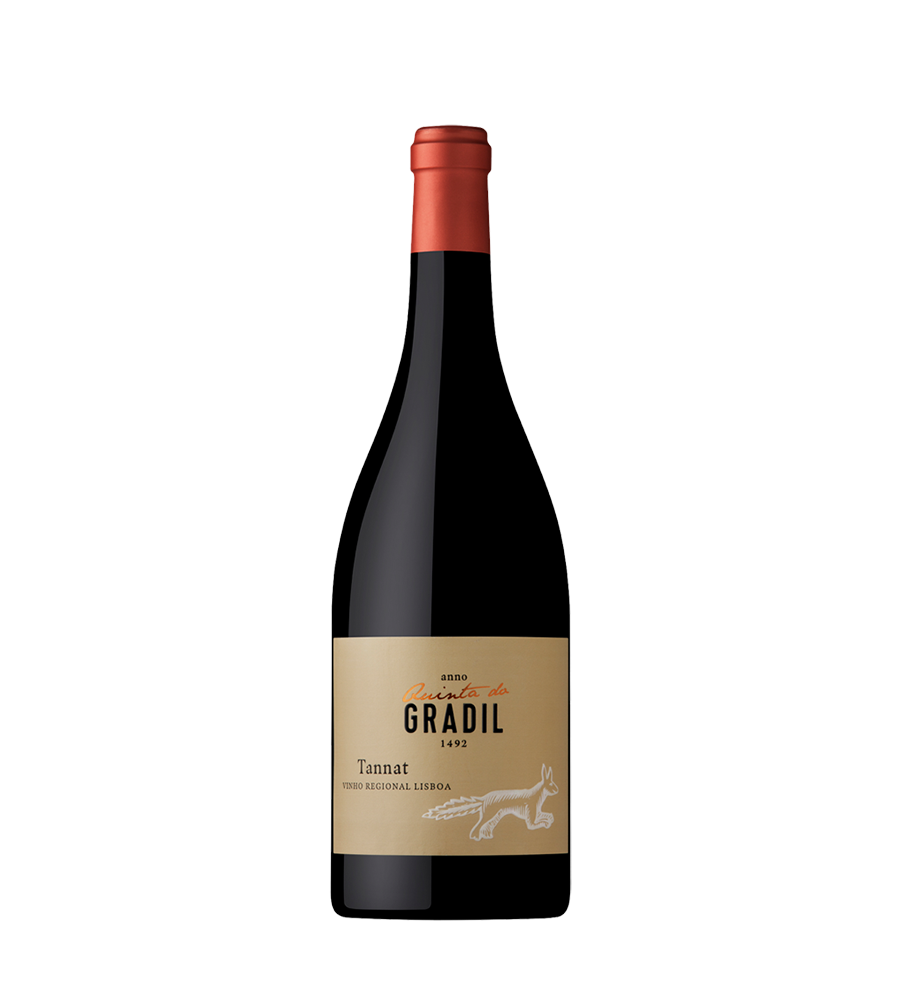This farm belonged to the Marquis of Pombal. It is located near the foothills of the western slope of the Serra de Montejunto, between Vilar and Martim Joanes and the Quinta do Gradil is installed. Considered one of the oldest, if not the oldest, estate of the county of Cadaval, Quinta do Gradil has a strong wine tradition that has been going on for centuries. The property is composed of a noble chapel adorned by an artistically decorated turret, a housing estate, a wine cellar and an agricultural area of 200 hectares occupied with wine and fruit productions. Quinta do Gradil was acquired in the late 90s by the grandsons of António Gomes Vieira, a precursor of the family’s wine tradition since 1945. The new owners began in 2000 the process of conversion of the entire area of vineyards, of higher quality. The cellar underwent improvements, and a deep redesign was planned over the next two years, and the recovered carriages gave way to a gathering room. The mansion and chapel, at a very advanced stage of degradation at the time of the Quinta’s acquisition by the new owners, were cleaned and now have an ambitious recovery project. The estate has long historical marks and constitutes a significant architectural landmark. The oldest documentary references found on Quinta do Gradil go back to the end of the fifteenth century, in a Royal document. On 14 February 1492, date of the document, D. Martinho de Noronha received from D. João II the letter of donation of the jurisdiction and incomes of the Municipality of Cadaval and Quinta do Gradil. On the occasion of D. Manuel I’s accession to the Portuguese throne and his work in favor of the members of the House of Bragança, Quinta do Gradil is again referenced in the confirmation of donation granted by D. Manuel I to D. Álvaro de Bragança, brother of the 3rd Duke of Braganza, D. Fernando II, who, accused of treason, was beheaded by King João II in 1483. The Quinta was acquired by the Marquis of Pombal on the occasion of the movement that from 1760 led to the occupation of municipal lands, assuming that already had the cultivation of vines, a factor that would have been decisive for the statesman who created the Companhia das Vinhas do Alto Douro. It remained in the pretension of the family until the middle of century XX, when it was compared by Sampaio de Oliveira. Already in the late 90’s that the current owners, the Vieira family, acquire the estate.


